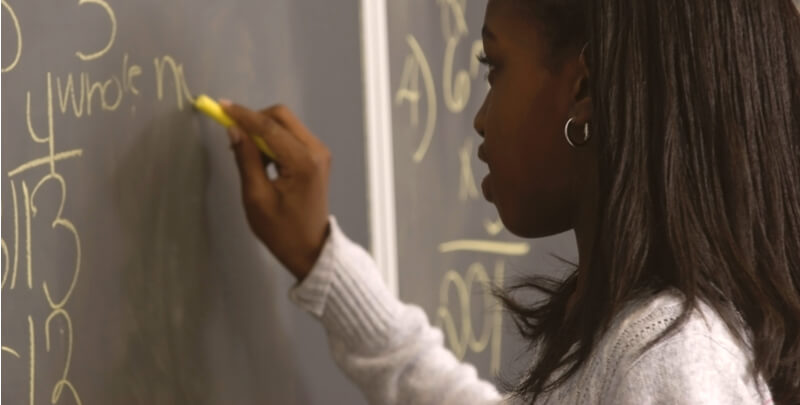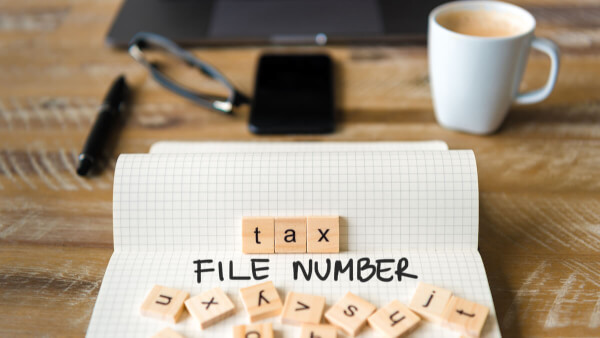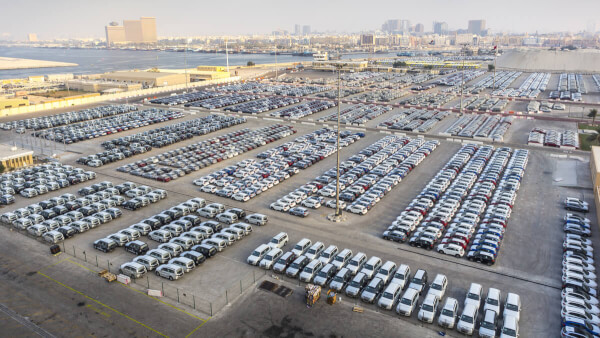Japanese international schools in Sydney. A quick guide
If you’re a Japanese expat looking to move to the Sydney area, you may be interested in looking for a Japanese school for your children. You may be keen for...

Whether you’ve just found a new job, are hoping to start a business or are simply setting out as an expat in Australia, it’s important to understand the country’s education system and how it will affect you and your family.
According to U.S. News & World Report, Australia’s public school systems rank fourth in the world, above France, Switzerland and United States. It’s safe to say that the opportunity to get an inexpensive, world-class education is available - but what are the downsides? How does it work? And how do you get started?
This guide will give you a holistic overview of the school system in Australia.
Education in Australia can begin as early as age three, however schooling isn’t required until children are five. From that point forward school is continuous until age 18, though children 15 and older aren’t required to continue their education (by law). The first grade level after kindergarten is Year 1, and the final grade level before graduation to postsecondary education is year 12. It’s not unusual for students to attend the same school for the entirety of their academic careers.
| Grade Level | Age | Required? |
|---|---|---|
| Preschool | 3-4 | No |
| Kindergarten | 5 | Yes |
| Years 1-12 | 6-17 | Yes |
| University/ Postsecondary | 18+ | No |
Preschool is typically available for students aged three to four, and is often a government-subsidized part of the school system. That being said, each state and territory is allowed to allocate funding as necessary, and the Australian government does not require states to provide public preschools. It’s also not required for children to attend school before kindergarten.
At the preschool stage, children usually participate in activities like puzzles, painting, cutting and pasting, reading and listening to stories, playing dress up, listening to music, dancing, climbing, balancing, using computers, playing with clay, playing with sand and water and playing with blocks. According to the New South Wales Department of Education, these activities help students develop skills in problem solving, communicating and socializing, as well as building confidence and setting the stage for more formal learning.
Through these learning experiences your child will explore and experiment, and develop their skills in solving problems, communicating and socialising. They’ll also develop self esteem, confidence and the foundations for their formal learning.
If you’re not sure whether your child is eligible for preschool, the Australian government’s Kidspot website details required starting ages and birth dates for preschools across territories. To register your child, all you need to do is submit a preschool enrollment form to the school of your choice. You can get a form from the school itself, or you can print one out from the Department of the Premier and Cabinet’s website.
Primary school is typically kindergarten through years six or seven. Starting in kindergarten, all children in Australia are required to attend school.
Students in Kindergarten through Year 3 begin to attend “core” subject area classes, with a focus on literacy and numeracy. Emphasis is on English and Mathematics, however, students also begin to develop an understanding of their environment through science and social studies. Health and physical education curriculum is also introduced to help students further develop social and emotional skills.
From Year 3 to Year 6, the same subjects are continued, however, students are typically also introduced to foreign language learning at this point. In recent years there’s been an increased push towards developing a robust technologies curriculum for students in this age group, in which students develop an understanding of data, digital systems and their interactions, computational thinking, and design and creation of digital tools.
Starting in primary school, children are graded on the standard Australian academic scale. This is a percentage-based system, and looks a bit different from the grade systems typically used in the US and U.K. The following scale is the most typical, however, each Australian state can and does employ its own unique grading system.
| Grade | Scale | Alt. Scale | Grade Description |
|---|---|---|---|
| HD | 7.00 | 83.00-100.00 | High Distinction |
| D | 6.00-6.99 | 73.00-82.99 | Distinction |
| C | 5.00-5.99 | 63.00-72.99 | Credit |
| P | 4.00-4.99 | 50.00-62.99 | Pass |
| N | 0.00-3.99 | 0.00-49.99 | Fail |
The actual enrollment process for Australian schools varies state to state. The following information comes from the education department in South Australia’s website, but it’s a good idea to seek territory-specific information for the region to which you’re moving.
Enrolling in primary school often involves a pre-enrollment interview, during which the actual enrollment form is typically completed. Parents will usually need to supply the child’s birth certificate, passport, Centrelink documentation, proof of the child’s residential address and copies of any family law or other relevant court orders, if any exist.
For children transferring to primary school in Australia from overseas, you’ll also need visa information, immunisation records and medical information. It’s not uncommon for administrators to ask about your child’s interests or whether they have any friends already attending the school during your interview.
Secondary school typically consists of years seven to 10. Students in secondary school are introduced to subjects designed to enhance their understanding of civic, social and economic issues, as well as promote personal health and well-being.
Students learn English, math, science, geography, civics, citizenship, economics and business. Technology, language and arts learning are all continued and further emphasized at this grade level.
The grading system for secondary school students is the same as that for primary school students, based on a percentage scale versus letter grades. Much like registering for primary school, the parents of new middle school students will need to submit documentation and participate in a pre-enrollment interview with the school of their choice.
Upper secondary school consists of years 11 and 12. Students continue their education in English, Mathematics, Science, History and Geography, however, upper secondary school students have more freedom of choice in the focus areas within those subjects they choose to pursue. Students may also choose to move to vocational training at this juncture, or may add work study as part of their education.
Grading in years 11 and 12 is the same as grading in previous years, based on a grade percentage versus a letter. Enrolling for upper secondary school typically involves an enrollment form and submission of required documents, like visas, proof of address, passports and birth certificates. Students entering years 11 or 12 may be asked to attend their own pre-enrollment interview, and are usually required to meet with administration members before they begin their studies.
In Australia school typically begins around 8:30AM and ends around 3:30PM, a schedule that’s a bit later than the one employed by many other countries. School terms typically start in late January and end in the beginning of December. Some school holidays include
Public schools in Australia are free for all Australian residents, and textbooks are provided for children. It’s not uncommon for students to wear uniforms, which the parents are typically responsible for purchasing.
Private schools, however, are a different story. Notoriously on the pricey side, parents can expect to pay anywhere from A$23,000 - A$37,000 for a single year of day-school. Those fees are significantly higher for students attending boarding school, which may be necessary if you’re moving to a more remote region of continent.
If you need to fund your child’s education from your account back home, you can use Wise to get the real exchange rate and cut out expensive international bank transfer fees.
All in all, the Australian school system is one of the best in the world. Regardless of whether you choose public or primary school, you’re sure to be able to provide an excellent education for your children. If you’re still looking for information about what your children will learn at school (by grade level), the Australian government has put together a resource which outlines curriculum. For accessible information about registration and activities, Kidspot Schoolhas a ton of resources for new and relocating parents. For anything else, the Department of Education and Training’s website has a ton of information about school systems, funding and governmental priorities.
*Please see terms of use and product availability for your region or visit Wise fees and pricing for the most up to date pricing and fee information.
This publication is provided for general information purposes and does not constitute legal, tax or other professional advice from Wise Payments Limited or its subsidiaries and its affiliates, and it is not intended as a substitute for obtaining advice from a financial advisor or any other professional.
We make no representations, warranties or guarantees, whether expressed or implied, that the content in the publication is accurate, complete or up to date.

If you’re a Japanese expat looking to move to the Sydney area, you may be interested in looking for a Japanese school for your children. You may be keen for...

Looking to move to Melbourne and want to know the various costs of living? Here’s what it costs to live in Melbourne.

Looking to move to Sydney and want to know the various costs of living? Here’s what it costs to live in Sydney.

If you’re an Australian citizen, or if you live and work in Australia as an expat, then you’ll likely want to get a tax file number (TFN). Having a TFN helps...

Looking for student job ideas you can do while you study in Australia, here are some for you as well as what you need to know to get started.

It’s no secret that Dubai is famous for promoting high-end lifestyles to tourists and locals alike. One element of this high-end lifestyle on show in excess...